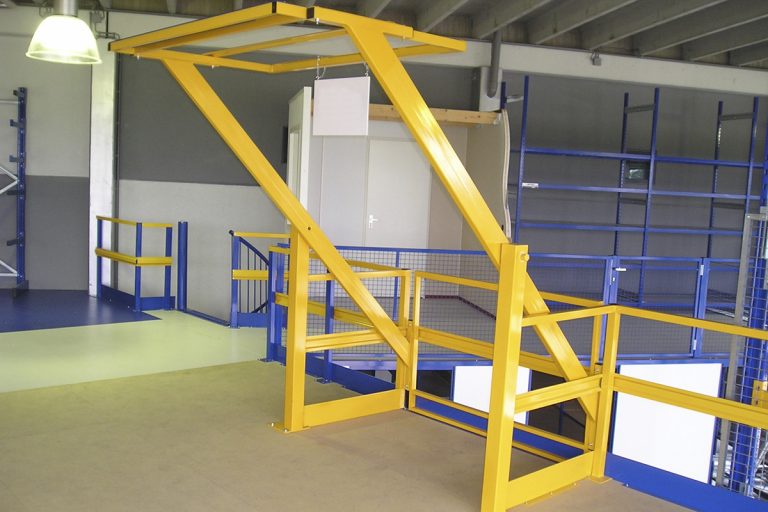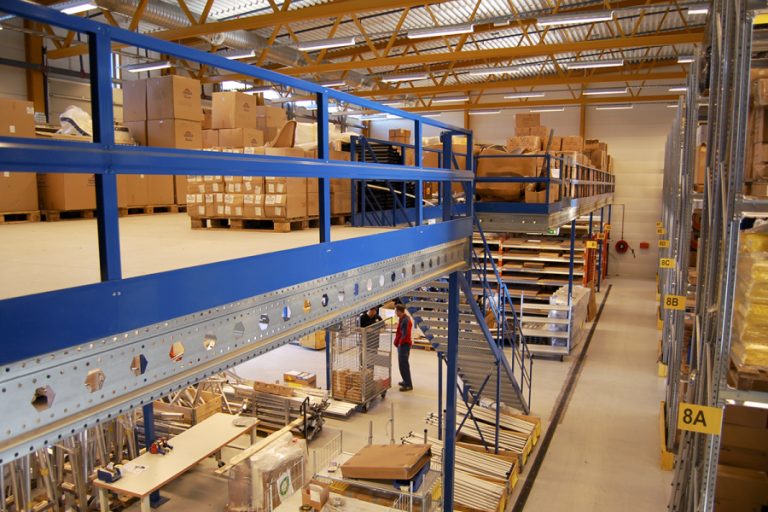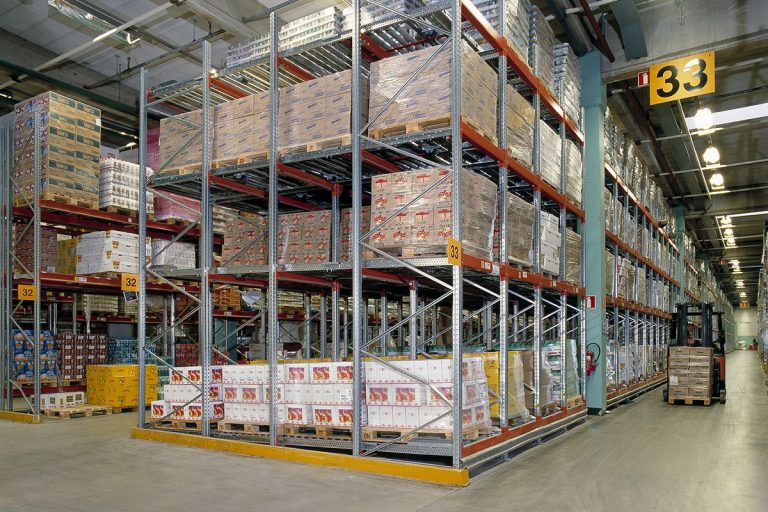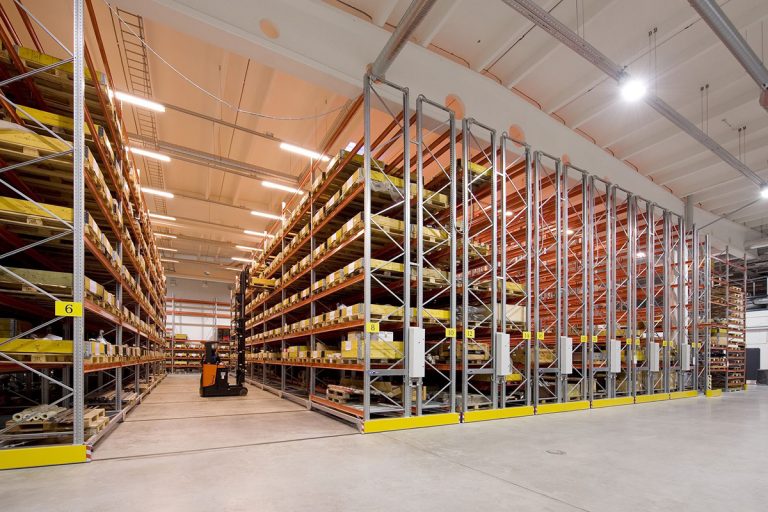A crucial aspect of achieving a secure and efficient workplace environment is selecting the right impact barriers, that can effectively safeguard your facility from potential risks.
Traditionally, metal impact barriers have been the go-to choice, but in today’s workplace, an innovative alternative is proving to be just as strong, if not stronger and with many more advantages – polymer impact barriers.
Strength Tested and Accredited
The perception that metal barriers are inherently stronger than polymer barriers is being challenged with groundbreaking research and rigorous testing. Polymer impact barriers have undergone comprehensive testing by reputable accrediting bodies, proving their formidable strength. Their accredited performance data demonstrates that they are well-suited for specified purposes, including withstanding high-impact scenarios.

Flexibility in Design for Maximum Safety

A metal barrier will typically upon impact be scratched or dented as well as the vehicle. Unlike polymer barriers, a metal barrier also relies more on the impact force to be absorbed through the floor fittings which can in addition damage the floor and require further repairs. The flexible nature of polymer barriers allows them to absorb and distribute impact energy more evenly. This intelligent design not only enhances safety but also prolongs the lifespan of the barriers, floor fittings and vehicles, reducing the need for frequent replacements, repairs and maintenance.
Proven Usage of Polymer Barriers Across Industries
Polymer impact barriers have emerged as game-changers in high impact protection across various industries. From bustling airports to busy warehouses, these barriers have proven their mettle in safeguarding critical infrastructure and personnel.
The adaptability of polymer barriers makes them ideal for diverse applications. Whether it’s guiding traffic, protecting equipment, or enhancing pedestrian safety, they rise to the occasion with unmatched performance.
Greater Environmental Protection
In addition to their strength and safety benefits, polymer impact barriers have a compelling edge over traditional metal barriers when it comes to their environmental impact. The manufacturing process of polymer barriers involves less energy consumption and generates fewer emissions, contributing to a reduced carbon footprint. Polymer barriers can be 100% recycled and reprocessed, adding to their eco-friendliness. Also the lightweight nature of polymer barriers translates to significant advantages in transportation. During shipment, less fuel is consumed due to reduced weight, resulting in lower greenhouse gas emissions. Moreover, the lighter weight makes handling and installation of polymer barriers easier and more efficient, saving time and resources on-site.
The durability of polymer barriers further contributes to their environmental appeal. Their ability to withstand harsh conditions, including exposure to extreme weather and corrosive agents, means they have a longer lifespan than many metal barriers.
The Advantages in Summary
- Proven Strength: Rigorous testing and accreditation validate the strength and reliability of polymer impact barriers, putting them on par with metal barriers.
- Smart Design for Enhanced Safety: The flexible design of polymer barriers allows them to absorb impact energy, minimizing potential damage and protecting personnel.
- Wide Industry Applicability: Polymer barriers have been successfully implemented across various sectors, attesting to their versatility and effectiveness.
- Cost-Effective and Long-Lasting: With their robustness and extended lifespan, polymer barriers save on replacement costs while maintaining top-notch protection.
- Eco-friendly: Beyond their strength, polymer barriers boast eco-advantages, with lower carbon emissions, recyclability, longevity and less maintenance.
In conclusion, while it is proven polymer barriers perform as well as metal barriers, the question asked by employers should not be “are polymer barriers stronger than metal barriers” but which barriers will best support your specific risk and cost.
With many different grades of metal and polymer barriers available, they will all perform differently, so it is essential to review the performance of each to assess suitability. This can be achieved by reviewing test data, and ensuring it is third party accredited. Look out for BSI PAS13 code of practice which is a globally recognised and respected guidance for manufactures to follow, as best practice when testing their products. PAS13 requires consistency in testing, so it should provide you with the ability to compare products more easily.
From warehouse to health and safety managers, it’s time to embrace the advancements in impact barrier technology. Polymer impact barriers have proven their strength, efficiency, and cost-effectiveness, making them a reliable choice for ensuring the safety of your facility. By choosing polymer impact barriers over metal barriers, you also make a tangible contribution to environmental preservation and sustainability.
IWS Group is committed to pioneering workplace safety with our Brandsafe® range of polymer impact barriers which are:
- Tested to PAS 13 and third party accredited by TUV Nord
- Our barriers outperform similar products in the market
- Rapid customisation to fit a customer’s unique environment
- Shorter lead times, than any other providers
Finding the right polymer barrier for your risk

Download our infographic which presents our test data in a clear format, so you can easily understand the performance of our products. This will enable you to make better informed decisions based on your specific forklift truck specifications, and loads.
Simplifying barrier performance – Infographic – The Rack Group



















